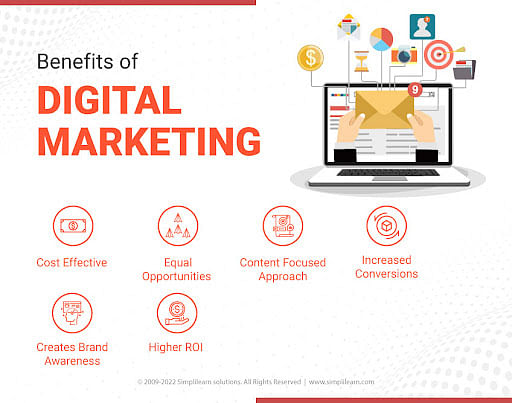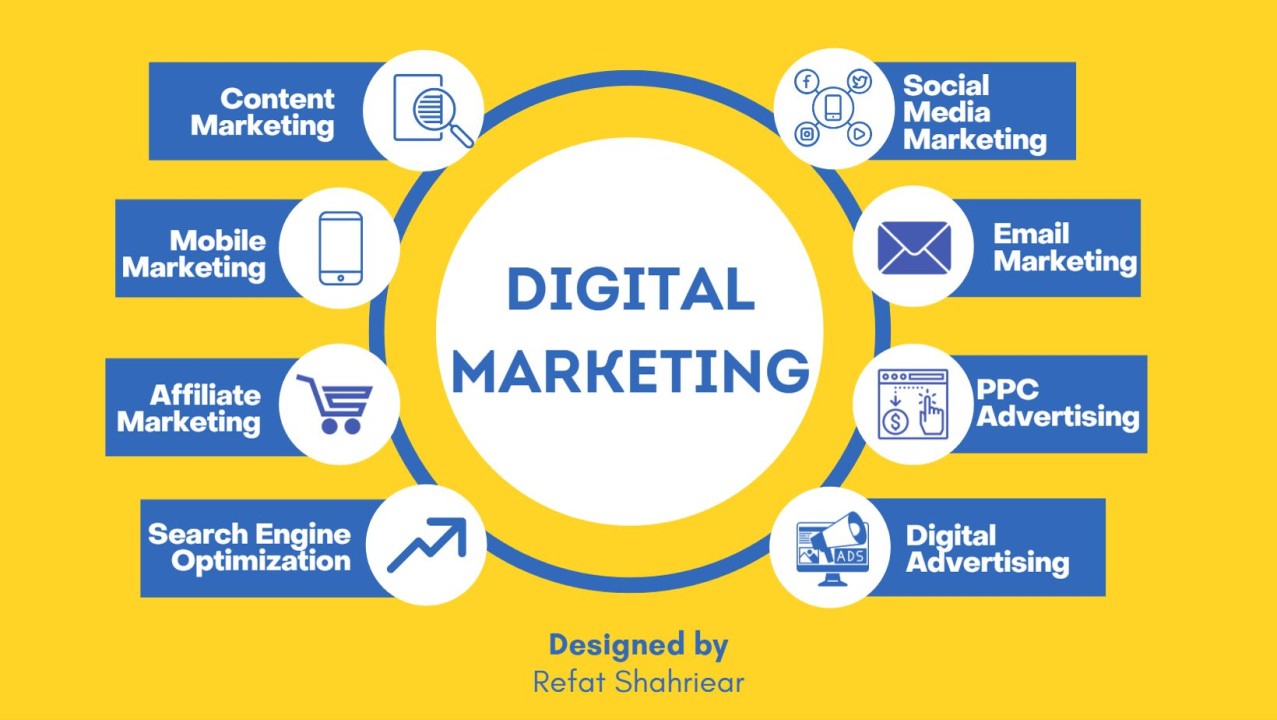Enhance Individual Experience and Drive Website Traffic With Receptive Internet Design
In today's digital landscape, where individuals are accessing web sites from a plethora of gadgets, receptive internet layout has actually come to be more vital than ever before. With its capacity to adjust and seamlessly adjust to different screen sizes, receptive layout not just improves individual experience however likewise drives traffic to your site. Why is this design strategy so important? Exactly how does it improve individual engagement and increase website web traffic? In this discussion, we will certainly check out the vital aspects of reliable receptive layout, explore the best practices for its application, and reveal the tricks to enhancing user experience while driving even more web traffic to your site.
Why Receptive Internet Style Matters
Receptive website design is a necessary aspect of modern-day internet development because of its ability to make sure optimal individual experience across different devices and screen dimensions. With the expansion of smart devices, tablet computers, and other mobile devices, it has come to be important for websites to adapt and supply smooth performance despite the device being utilized.
The key reason that receptive website design issues is that it allows individuals to have a delightful and consistent searching experience, no matter of the tool they are using. A receptive web site immediately adjusts its design, content, and design components to fit the display dimension and resolution of the device, guaranteeing that individuals can conveniently browse and interact with the site without any type of trouble or frustration.
In addition, responsive website design also plays a significant role in seo (SEARCH ENGINE OPTIMIZATION) Internet search engine, such as Google, focus on websites that are mobile-friendly and responsive in their search results page. By integrating receptive style concepts, websites can improve their exposure and position, causing boosted natural web traffic and prospective clients.

Boosting User Involvement Through Responsive Design
Optimizing individual involvement is a key goal of responsive layout, as it makes certain that individuals can quickly accessibility and interact with site material on any kind of gadget. With the raising use tablet computers and smart devices, it is crucial for sites to adapt to different display dimensions and resolutions. Receptive layout makes it possible for websites to instantly adjust their layout and content to offer a seamless individual experience across devices.
One of the main ways responsive design increases user involvement is by decreasing load times. With a responsive website, users don't need to wait for separate mobile versions to load, resulting in faster access to web content. This improved speed leads to higher customer contentment and urges them to invest more time on the website.
Furthermore, responsive design enhances customer interaction by enhancing navigation and user interface (seo Carlsbad). When an internet site is created responsively, menus and switches are enhanced for touch interactions, making it less complicated for individuals to navigate and connect with the website on their mobile tools. This user-friendly and user-friendly experience maintains individuals involved and motivates them to explore even more of the site
In addition, responsive design enables much better web content presence and readability. By adapting the format and font dimensions to different devices, receptive sites ensure that individuals can conveniently read and understand the material. This enhances customer engagement by minimizing the need for zooming or scrolling to review the text.
Raising Internet Site Web Traffic With Responsive Internet Design
With the growing popularity of mobile phones, having a website that is responsive to different screen sizes and resolutions is necessary for driving raised website traffic. In today's digital landscape, individuals are accessing web sites from a range of gadgets such as smart devices, check tablet computers, and desktop. Each of these gadgets has various display sizes and resolutions, and if your web site is not created to adjust to these variations, it can lead to a poor user experience and a loss of potential traffic.
Responsive web layout makes sure that your web site looks and works efficiently across all devices. By using flexible grids, liquid pictures, and media inquiries, responsive design allows your internet site to immediately change its navigation, web content, and design to fit any kind of display size. This means that customers will have a seamless surfing experience no matter whether they are making use of a huge desktop computer or a small mobile phone computer.
Crucial Element of Effective Receptive Design
Reliable responsive style incorporates several crucial elements that ensure a seamless customer experience across various devices. Among these elements is adaptable grids and layouts. By making use of family member systems like percentages rather of repaired devices like pixels, designers can produce layouts that scale and adjust to fit different screen dimensions. This allows web content to be displayed in a understandable and aesthetically appealing fashion on click site any gadget.
One more crucial component is media inquiries. These permit developers to apply various designs and layouts based upon the features of the user's device, such as screen size and positioning. By making use of media inquiries, developers can maximize the discussion of web content for each and every device, guaranteeing that it is readable and easily accessible.
Responsive images are additionally vital in effective responsive style. Photos that are as well huge can decrease web page lots times on mobile devices, while pictures that are as well small may show up pixelated on bigger displays. By utilizing techniques such as responsive photo resizing and careless loading, designers can make certain that photos are appropriately sized and enhanced for every device.
Last but not least, effective receptive style includes a mobile-first approach. This implies creating and prioritizing web content for mobile tools initially, and afterwards expanding and boosting the design for larger screens. This approach guarantees that one of the most crucial web content is conveniently accessible on smaller sized screens, while still offering an abundant experience on bigger tools.
Ideal Practices for Implementing Receptive Website Design
Executing receptive internet design calls for careful consideration of various ideal practices to guarantee an ideal user experience across different devices. Here are some crucial best methods to adhere to when applying receptive web style.
Firstly, it is vital to focus on mobile users. With the raising prominence of smart phones, creating for mobile-first has come to be necessary. Beginning by making for smaller screens and afterwards progressively improve the design for larger screens.

Another important best method is to optimize images for various display resolutions. Huge pictures can slow down the filling time of your site, specifically on mobile phones with slower links. Use receptive pictures that can be resized based on the device's screen resolution to boost efficiency.
Furthermore, test your website on various devices and screen dimensions to guarantee a smooth and constant experience. There are numerous testing devices available that can assist you recognize any problems and make necessary modifications.
Last but not least, prioritize functionality and accessibility. Make sure that your website is easy to navigate, with clear and succinct material. See to it that your website is available to individuals with disabilities and follows accessibility guidelines.
Verdict
To conclude, responsive website design plays a crucial function in improving customer experience and driving traffic to sites. By embracing receptive layout concepts, websites can guarantee optimal seeing experiences across various gadgets, causing raised user engagement (The Ad Firm digital marketing). Moreover, responsive layout can also add to greater internet site web traffic as it boosts internet search engine positions and promotes very easy go to my site sharing of web content. Organizations must focus on implementing the vital aspects and finest practices of receptive style to effectively fulfill the demands of modern customers.
Optimizing customer engagement is a vital goal of receptive design, as it makes sure that users can quickly access and engage with website material on any kind of gadget. Receptive design allows websites to immediately readjust their layout and material to offer a smooth user experience across tools.
Additionally, responsive style boosts user involvement by improving navigating and customer interface.Responsive images are likewise critical in effective responsive layout. By taking on receptive layout principles, web sites can ensure ideal viewing experiences across different gadgets, leading to raised user engagement.